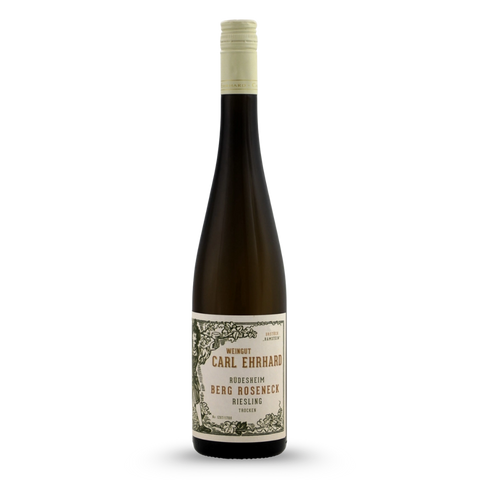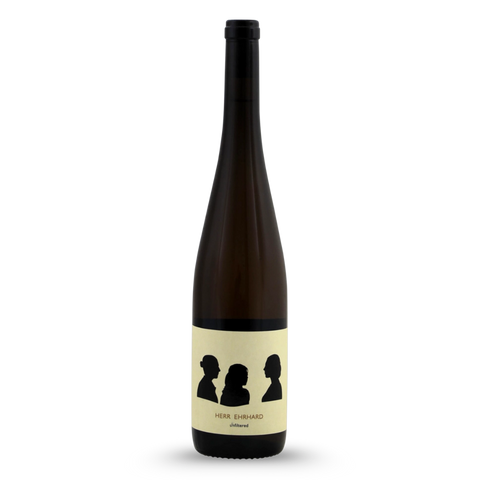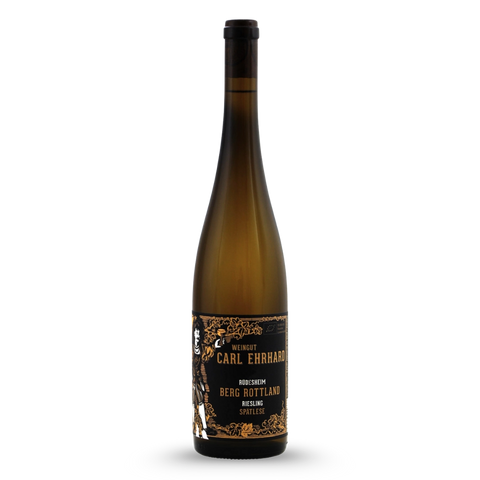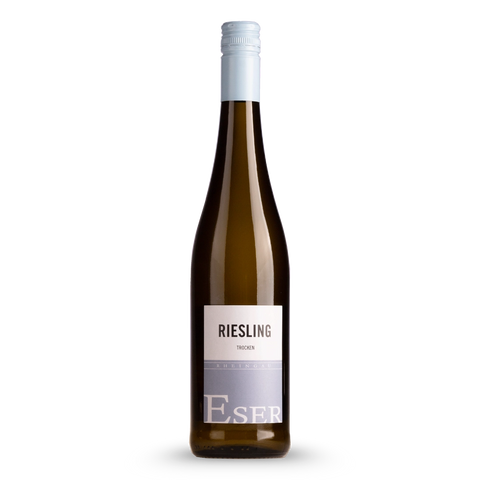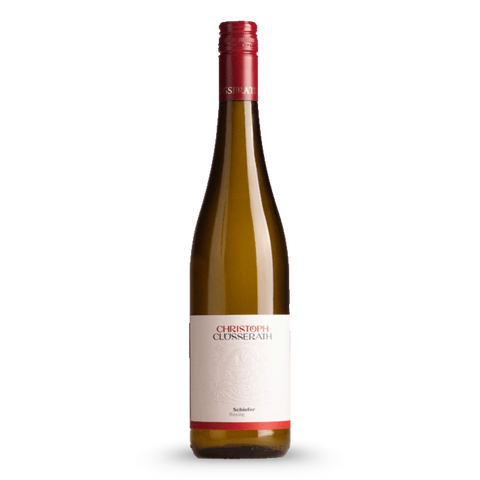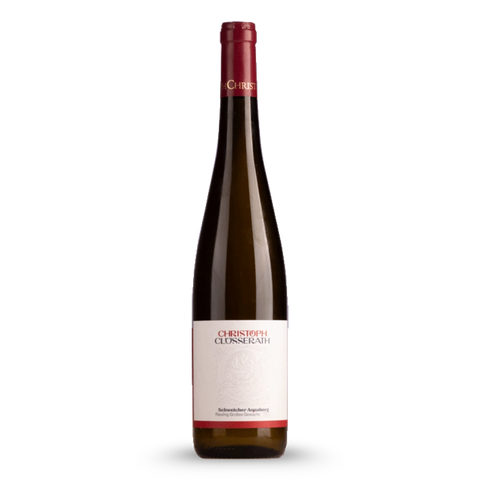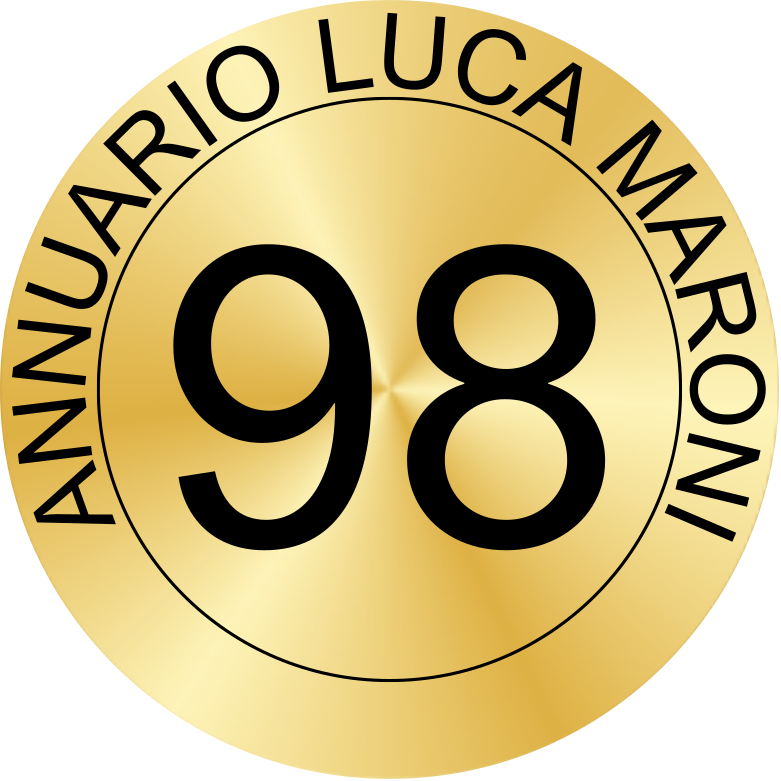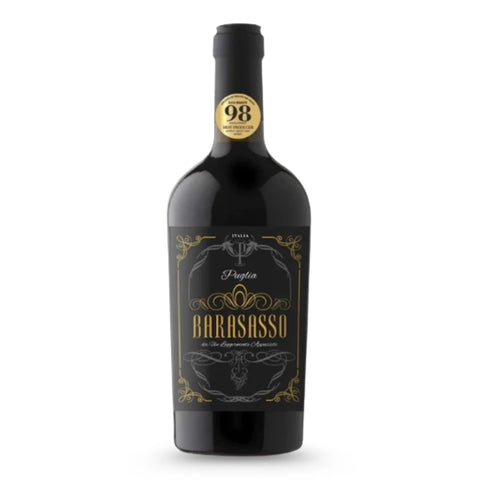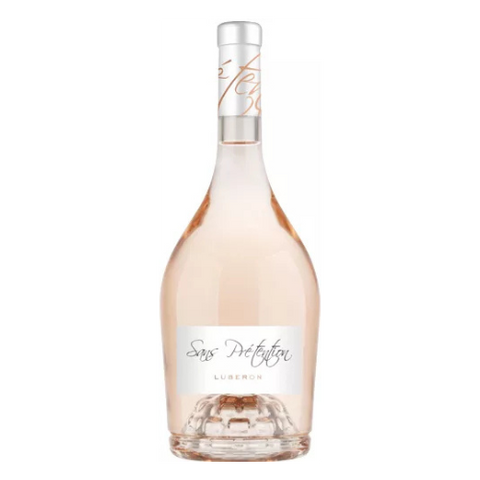Riesling
151 products
White
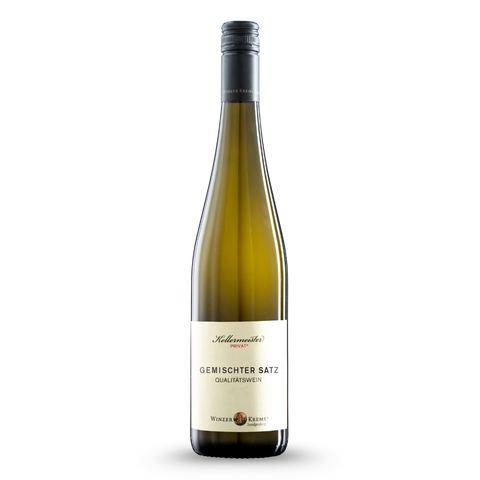
11
,
5
9
Winzer Krems Kellermeister Privat Gemischter Satz
Austria, 2024,
Grüner Veltliner, Red Veltliner, Sauvignon Blanc, Riesling
Ordered before 16:00, shipped the same business day!
Filter and sort
Riesling
Buy or order Riesling wine
Riesling, the grape variety with such great diversity, grows in as many as 20 different countries, but it is most famous in Germany and, of course, in France, specifically Alsace. The Riesling grape is mentioned in books as early as the fifteenth century, so we can safely say that this grape has certainly earned its reputation. The white Riesling grape is derived from the Gouais Blanc grape, from which Chardonnay and Pinot Noir, among others, are descended. The first vineyards were found in Germany along the banks of the Rhine and, of course, in the beautiful Alsace wine region of France. Here, the absolute top vines of Riesling are found, and where the royal wines are made. Speaking of royal wines, in Germany, Riesling itself is called "the Queen of Grapes." And yes, there's certainly something to that: a grape that produces beautiful, full-bodied wines with unique flavors and aromas.
The Riesling thrives in a cooler climate, with relatively abundant sunshine, but with the cooling effects of nighttime, mountain breezes, or riverbanks. The Riesling grape naturally has high acidity, resulting in a rich, fresh white wine. As the grapes ripen longer on the vines, the Riesling becomes more robust and floral in flavor. For a top-quality Riesling wine, the soil in which the vines grow is essential. The vines prefer a chalky soil with plenty of soil and slate. This ensures the grapes receive everything they need, and you can expect a top-notch Riesling wine.
The drinking temperature of a Riesling wine is higher than that of an average white wine. Give the Riesling more warmth and it will develop its finest aromas and flavors that would otherwise remain suppressed. Around 8 degrees Celsius is the perfect drinking temperature for a top-notch Riesling; experience the difference.
The Riesling thrives in a cooler climate, with relatively abundant sunshine, but with the cooling effects of nighttime, mountain breezes, or riverbanks. The Riesling grape naturally has high acidity, resulting in a rich, fresh white wine. As the grapes ripen longer on the vines, the Riesling becomes more robust and floral in flavor. For a top-quality Riesling wine, the soil in which the vines grow is essential. The vines prefer a chalky soil with plenty of soil and slate. This ensures the grapes receive everything they need, and you can expect a top-notch Riesling wine.
What does a Riesling taste like?
Tasting notes of a Riesling wine. Well, many Rieslings share similar characteristics. We often noted aromas of lime, apricots, a touch of mint, and floral notes. Sometimes a bit of smoke, grapefruit, and nutmeg. Overripe Riesling is for the more experienced wine drinker, as you often smell and taste notes of petroleum, almonds, and raisins. The palate of a Riesling is oily in its structure, with a richness of yellow fruit such as apricots, peaches, and melon. Often, on the back of the tongue, a beautiful palate of overripe pineapple, dried herbs, and some stone fruit. A mature and bottle-aged Riesling exhibits very intense flavors of currants, dried yellow fruit, and vanilla, as well as rich tannins.The drinking temperature of a Riesling wine is higher than that of an average white wine. Give the Riesling more warmth and it will develop its finest aromas and flavors that would otherwise remain suppressed. Around 8 degrees Celsius is the perfect drinking temperature for a top-notch Riesling; experience the difference.

